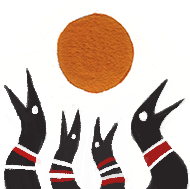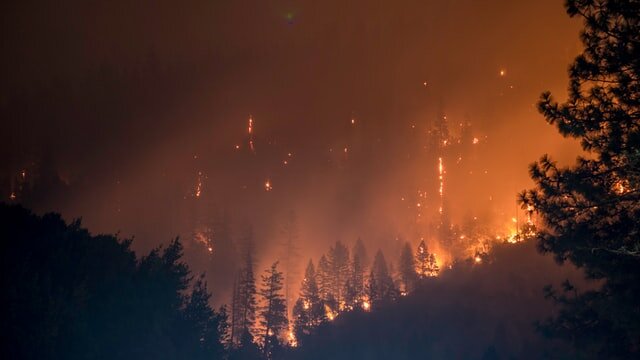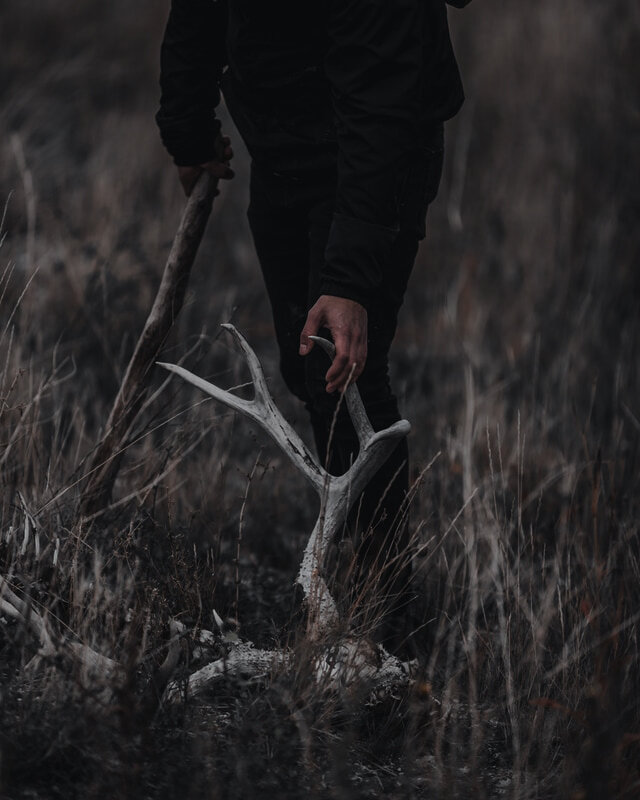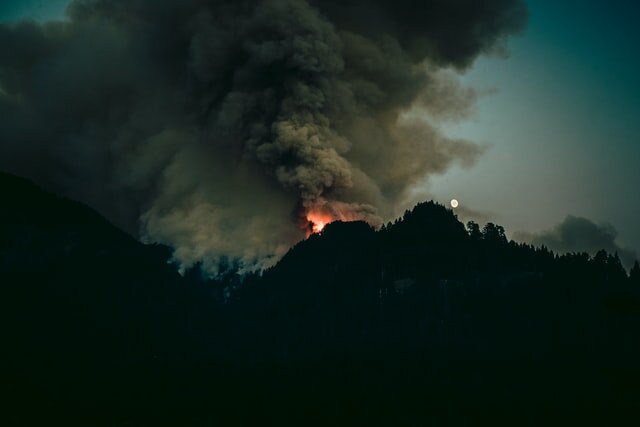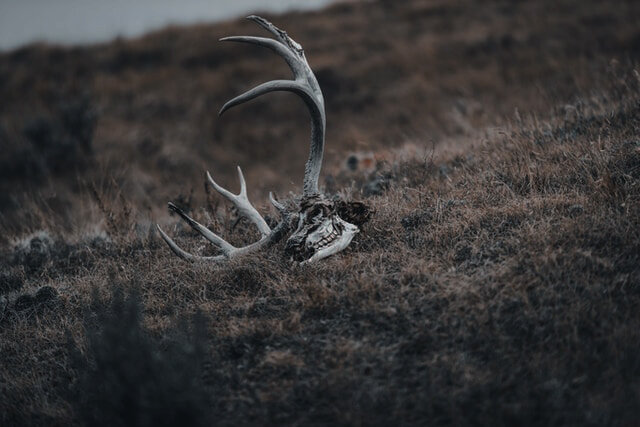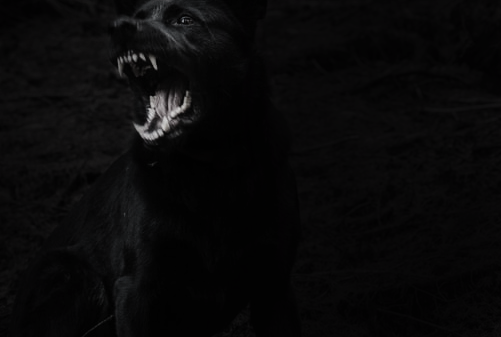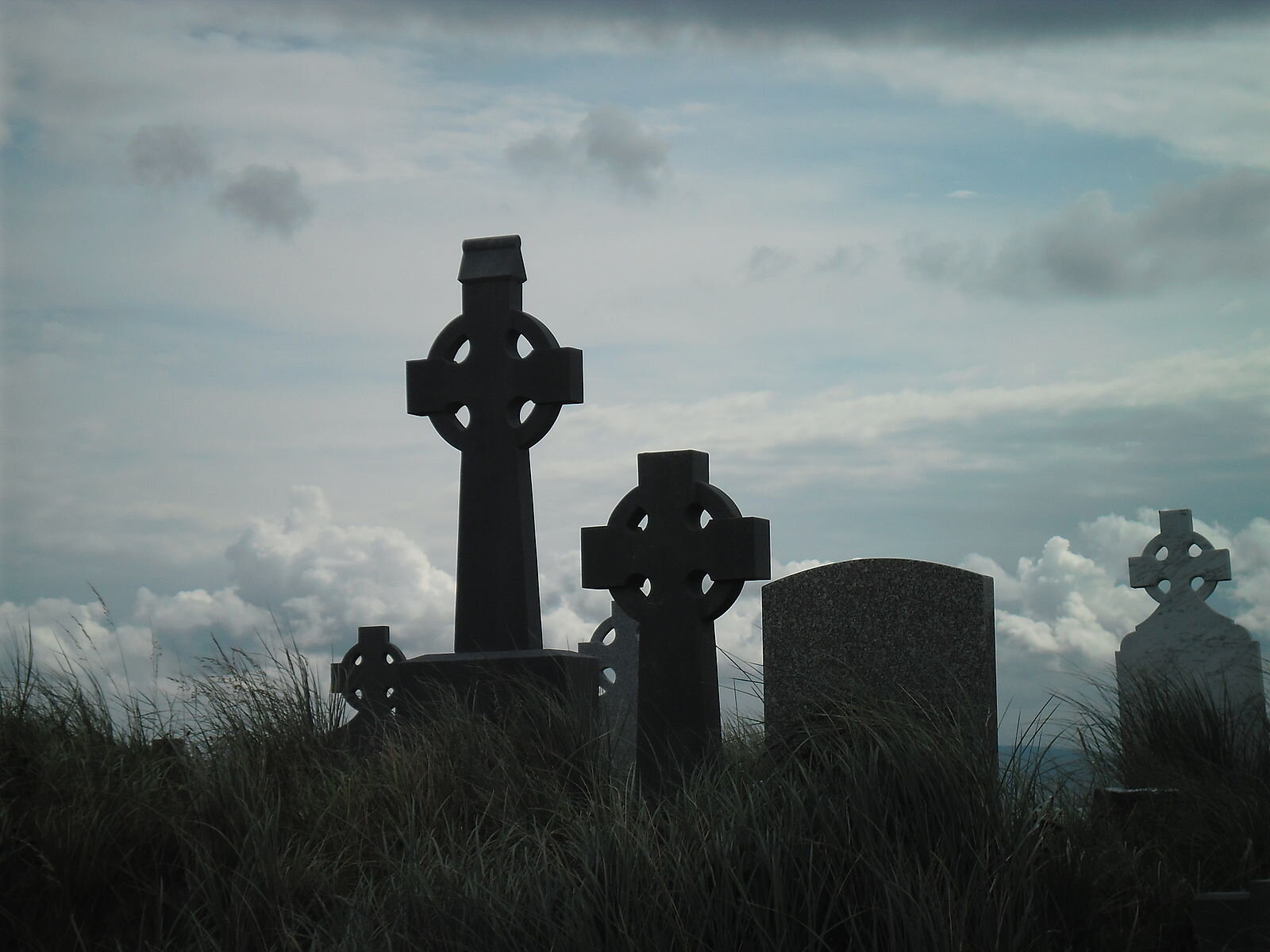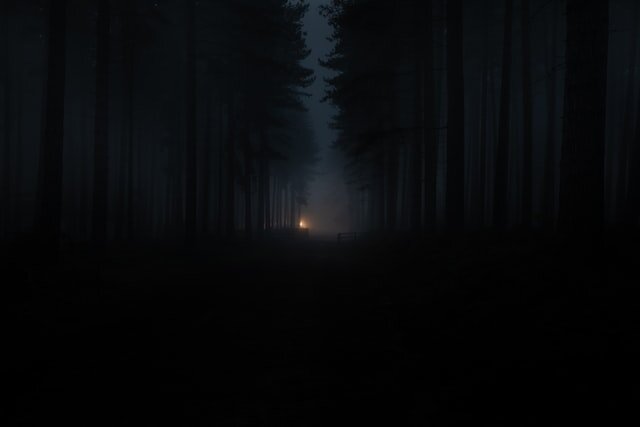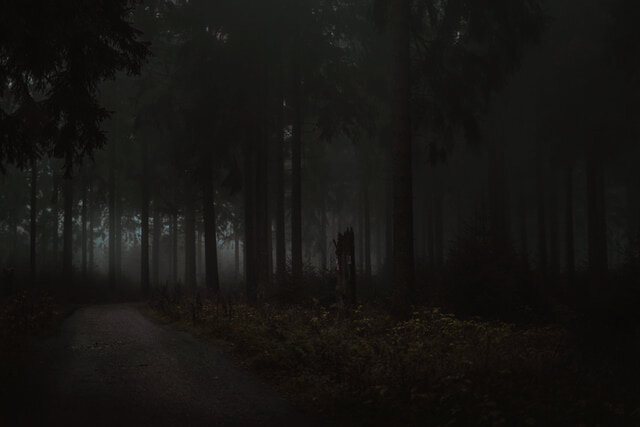masterlist entry | spreadsheet | player profile
Current GP: 217
1551 | Gealach
Irish, “moonlight” - audio prounciation
.
origin abnormal . nature sophic . boundary the Burren . size towering
nature features yew (Taxus baccata), marsh orchid (Dactylorhiza fuschii)
elemental gales
.
original form Irish elk (Megaloceros giganteus)
Abnormal transformation by Raaga
Claimed from Prehistoric greenhouse
limited creator availability | non-interactive art is welcome | ask before including in interactions & writing
Gealach’s Playlist
Apple Tree - Marika Hackman
The Deepest Breath - Eoghan Ó Ceannabháin
In a Week - Hozier / Karen Cowley
Carry my Song - Clare Sands / Susan O’Neill
Mountain Song - Anna Mieke
Shrike - Hozier
Seanáit - Gealach sa Bhoireann
sophic | pensive | solitary | haunted
Gealach (or Gille for short) is nearly as old as the land she roams. She has watched the ices melt, the forests grow, the humans build, and the landscape as she knew it wash away. She holds a treasure trove of stories and knowledge collected over thousands of years of observation and experience.
These days, Gealach enjoys solitude - she does not go out of her way to travel or meet other esk and prefers to spend her time in the Burren, watching over the delicate flora and fauna that live hidden in the limestone gaps and observing the world around her as it continues to change. Few things can excite or aggravate her, having seen as much as she has, and she is generally friendly - albeit a tad aloof - to other esk. As much as she seeks and prefers solitude, she is hospitable and does not turn away other spirits in need of shelter, comfort, or aid, although the air around her may feel slightly cold at first.
Gealach was not always (and sometimes still isn’t) quite as sophic and stoic as she appears. You may see a dark shadow pass over her eyes every now and then, accompanied by the scent of woodsmoke in the air. Precious few know the details of her past and the rest may be rightly suspicious of these dark moments - she guards their doors carefully and is reluctant to let anyone in. Deep within her an intense bitterness for humans is rooted; Esk who originate from human forms ought to tread lightly in her company, at least at first.
An Boireann, an t-Iúir, an Magairlin gaelach
The Burren is a glacio-karst landscape on the west coast of Ireland which was once a dense forest of hazel and yew. Despite its barren first impressions, the gaps of its stone pavement are bursting with life.
The yew (iúir) is one of the longest living trees and has a rich place in history and lore. All parts of the tree, barring the flesh of its arils, contain taxine, making the plant dangerously toxic.
The marsh orchid (magairlin gaelach) is endemic to Ireland and can be found growing in the lush, peaty ground throughout the Burren.
Impressions
Her presence is marked by a subtle, cool air which bristles with the scent of fir, sometimes underlined with a foreboding hint of woodsmoke.
She emits an irregular, uneven, popping vibration which evokes the crackling of a fire, or the snapping of dry twigs. Her company may initially feel alarming to younger spirits as the language the earth spoke when it bore her is not the same it speaks today, and those unfamiliar with this old dialect might find its sensation unsettling at first.
In conversation her deep voice trails like wind through the glen, broken here and there with marks of age, but can boom like the tide battering against the cliffs should you make her cross. She is mainly an esk of few words but enjoys the occasional storytelling, though it can often be shrouded in coded ancient prose.
It takes time to get to know her, and she cannot be hurried. She may be aloof and vague, though not unkind, with those she does not know well until she gets to know them a little more
Her size is more metaphoric than literal - she is of moderate height, not much larger than a draft horse, but her presence, with all of its memories and history, towers.
Her yew can shape-shift; it most often appears as a line of broken branches across her spine, but at times will grow to sweep over her tail, dotted with sweet red arils which attract nearby birds. Her marsh orchids disappear in tense moments - caution should be taken if they are not present when you meet her.
Her gale elemetal is sometimes a light breeze that sings pleasantly across the stone sea, while at other times a powerful force threatening to uproot anything in its path.
Gealach very rarely performs transformations. She will perform them on anything (animal, plant, object, etc), but must have very good reason for doing so as she does not take this second-life lightly.
Gealach has a small, carved dog whelk (Nucella lapillus) shell from performing a transformation.
More Information
Relationships
000-IV | Raaga - Secondary Transformer. Mostly strangers.
1321 | Púca - a very dear friend.
2574 | Cóilí - Púca’s dear friend
4383 | Maoil - ships passing in the night
4608 | Colla - a foreboding light
Stories
Origin Prompts
Original Form
Their Haunt
.
Monthly Prompts
A Day at the Beach
Faoi Bláth
.
General Moments
Casadh na Gaotha
Beithigh
Aitheanta
Transformations
Gealach is not known to perform transformations (with one exception).
4383 | Maoil - carved dog whelk shell
Original & Previous Forms
Air làr 'san toll-dhubh cha bhi grian
Cha bhi gealach
'S dubh an oidhche chaidleas sinn
Air làr 'san toll-dhubh cha bhi grian
'S dubh an oidhche chaidleas sinn
-An Toll Dubh - Runrig
previous form | nameless
origin trespasser . nature virulent . boundary charred forest . size distressing
nature features charred yew (Taxus baccata), wilted marsh orched (Dactylorhiza fuschii)
.
Original form Megaloceros giganteus fawn
Transformer Unknown
[nameless] themed tunes
Dunmore Lassies - The Chieftains
Bitter Wind - M’ANAM
Keep The Streets Empty For Me - Fever Ray
Anach Cuain - Jiggy
Amhrán na hEascainne - Liam Ó Maonlaí
Sadly, The Blackbird Calls - Trú
hostile | vindictive | pained | lost
As a young Irish elk, Gealach did not have an easy time of things. She was born into a period of rapid change as the ice receded northwards with humans moving in its wake, and the landscape around her began yet another great shift. Life was laden with uncertainty for her kind back then - the food was disappearing, and around every corner there seemed to be a hound waiting hungrily. After losing her parents in a hunt and finding herself wandering in a burning forest, she was transformed and entered into a new phase of existence.
This unnamed trespasser greeted her new life the way a soldier greets a shadow in the night - armed and roaring. She remembers precious little of her time as a fawn excepting the most difficult bits, which smoulder in her chest and boil up in feverish vindictiveness and spite against the creatures she lays blame upon. Her all-consuming motive is to sabotage the humans settling into the landscape around her; she topples their homes when they are temporary, and ruins their walls when they become permanent. She frees their livestock, digs up their crops, sets their fires loose, torments their hounds, and does her best to pit them against one another. There is little else she can focus on but enacting revenge and expressing anger.
Yet her efforts, while not unnoticed, seem to make little difference as the humans continue to visit and eventually settle and build, and their numbers grow and grow and grow.
Internally, this esk is very deeply afraid and alone, and perhaps a little selfish, though this none of this is something she recognizes consciously. She no longer has her herd or her parents, she has watched her kind disappear from the earth, her forests topple, her creator remains a mystery, and life as a ghost is pretty lonely being unable to fully participate in the living world around you and all. Day by day her forest boundary continues to dwindle and gradually becomes a skeletal landscape carved up by walls and roads, and she feels increasingly rejected by her environment. Year by year she grows tired, but bottles it up and only braces harder against the changes and emotions.
1551 and the image of her previous form lay in ruins in a grassy are of the Burren
impressions
This esk exists from roughly ~14000 BC to 1850 AD. How she interacts with others will vary pretty widely by time and context. For the better part, she is extremely antisocial and hostile. After a (long) while, she slowly begins to take a turn for the better.
The Burren at the time of her transformation is a forest, but by around 1000 AD the region would have mostly been cleared for cattle grazing, some farming, and increasing human settlement, and thus begun to resemble the rocky landscape it is today.
The air around this trespasser is cold and smells of bitter smoke; her vibration is high pitched and arhythmic. Being in her company or nearby can be an unnerving experience.
She is terrified of the sounds of a hunt; the baying of dogs, the shouting of humans, the panic of game - even the howling and calls of wolves will set her on edge. She will disappear entirely in these moments and seek refuge in a cave or hidden place, emerging later having brewed up a fervent bitterness and bent on revenge. This fear improves with age but it never fully abates for this trespasser.
She is most active at night, when her dark form remains inconspicuous against the shadows, while during the day she prefers to shelter in the last remaining treecover or in potholes and caves. If you see her out during the day it may be best to steer clear.
Original Form : Mórbheannach Ollmhór
Irish elk (Megaloceros giganteus)
Gealach’s original form was an Irish elk fawn. These giant deer lived throughout Eurasia during the Pleistocene in open areas surrounded by woodland where they would forage on fir trees, shrubs, grasses, leaves, and flowers. The reasons for their extinction are not entirely certain; it is suggested that maladaption may be a contributing factor, but habitat decline brought on by changes in climate as well as human intervention seem to be the likely culprits. As large creatures their nutrient needs were quite demanding, particularly in the case of males during seasons of antler growth, and it is not likely they were able to survive well outside of the specific ecosystems they were adapted to.
Gealach was born into the Burren at a time of immense change for both the immediate landscape and her species.
Gallery
Click images to view fully. Much of this artwork is not mine but has been gifted or commissioned. Credits and links to these wonderful artists’ profiles are listed - on desktop, hover over the image; on mobile, you will have to hit the white circle in the bottom right corner (I am working on trying to find a different solution to the latter.)
